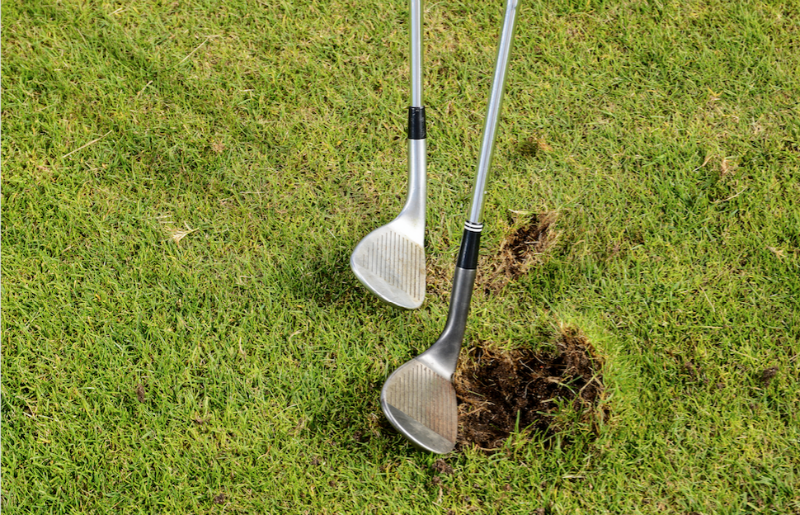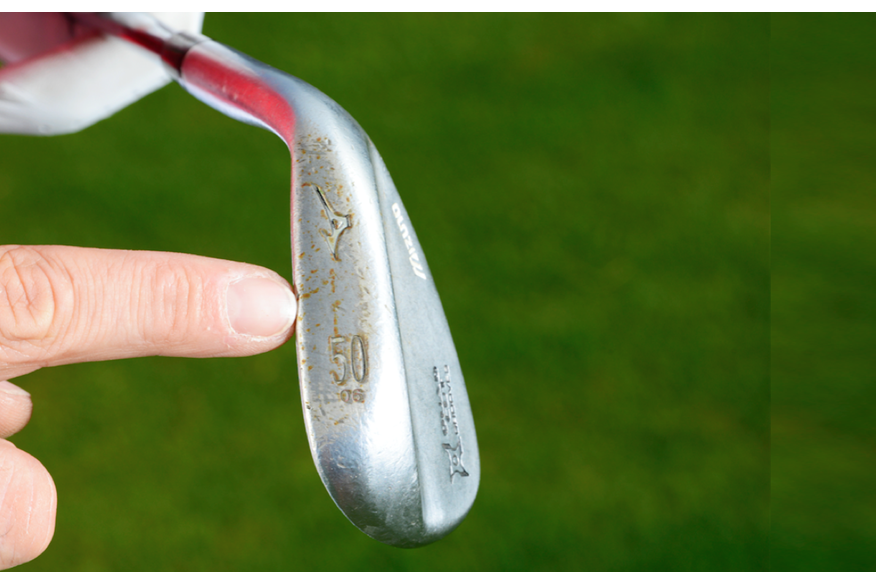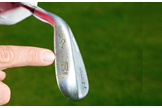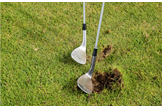Do you have the right amount of bounce on your wedges?
Last updated:
Is your gear revealing you have too much bounce on your wedges? Here’s how to tell…
The soles of your wedges are designed to stop the club digging into the turf. With the rear of the sole lower than the leading edge, the club resists biting downwards, making heavy contact less likely.
This design is misleadingly termed bounce, and you can buy wedges with that trailing edge dropped more (larger bounce) or less (lower bounce), to suit your technique and playing conditions. The wear pattern on the sole will tell you if you’ve got the right amount. Perfect bounce: You will see a fairly uniform pattern from the leading edge to the middle of the sole.
Too much bounce: The rear of the sole shows signs of wear. You may well also see excessive wear under the heel as the sole’s role in the strike is too prominent.
Not enough bounce: Only the area around the leading edge shows any sign of wear. When this is the case, too small an area of the sole is acting against the turf.

SOLE SEARCHING: Reading your wedge sole wear should give you all the information you need either to retain or adjust your wedges. But also, take this guide into account
YOU’LL NEED MORE BOUNCE IF…
➤Your divots are typically deep. It shows a steep angle of attack that needs more bounce for the sole to be employed.
➤ You play on soft, lush courses. These ground conditions and fluffier lies warrant the higher forgiveness of the extra bounce angle.
YOU’LL NEED LESS BOUNCE IF…
➤ Your divots are generally shallow. This reveals a more level angle of attack that means higher sole bounce can cause the club to skip off the ground.
➤ You play on hard, dry courses with tight lies. These conditions can cause wedges with more bounce to skip excessively.


